-
Posts
4,715 -
Joined
-
Last visited
-
Days Won
3
➕👇 ꓤꓱꓷꓠꓵ🎵Tone's Achievements
-
 ➕👇 ꓤꓱꓷꓠꓵ🎵Tone reacted to a post in a topic:
refractor REFERENCE EXTRACTOR utility
➕👇 ꓤꓱꓷꓠꓵ🎵Tone reacted to a post in a topic:
refractor REFERENCE EXTRACTOR utility
-
 ➕👇 ꓤꓱꓷꓠꓵ🎵Tone reacted to a post in a topic:
The Photo Drama of the Bible
➕👇 ꓤꓱꓷꓠꓵ🎵Tone reacted to a post in a topic:
The Photo Drama of the Bible
-
 Dustparticle reacted to a post in a topic:
James Webb Space Telescope (JWST)
Dustparticle reacted to a post in a topic:
James Webb Space Telescope (JWST)
-
 sixseven reacted to a post in a topic:
James Webb Space Telescope (JWST)
sixseven reacted to a post in a topic:
James Webb Space Telescope (JWST)
-
 Watching and Waiting reacted to a post in a topic:
James Webb Space Telescope (JWST)
Watching and Waiting reacted to a post in a topic:
James Webb Space Telescope (JWST)
-

James Webb Space Telescope (JWST)
➕👇 ꓤꓱꓷꓠꓵ🎵Tone replied to ➕👇 ꓤꓱꓷꓠꓵ🎵Tone's topic in Science & the Environment
NASA’s Webb Identifies Earliest Supernova to Date, Shows Host Galaxy December 09, 2025 11:00am Release ID: 2025-137 Summary The telescope captured near-infrared light from one of the earliest stars seen to explode in the history of the universe. With a few near-infrared snapshots, the James Webb Space Telescope nailed down the source of a super bright flash of light known as a gamma-ray burst, generated when a massive star exploded when the universe was only 730 million years old. And, for the first time at this point in the history of the universe, the telescope provided a detection of the resulting supernova’s host galaxy. Webb’s quick-turn observations verified data taken by telescopes around the world that were following the gamma-ray burst that turned up in mid-March. Article link: https://www.stsci.edu/contents/news-releases/2025/news-2025-137.html/ Pic Description [1]: NASA’s James Webb Space Telescope identified the source of a super bright flash of light known as a gamma-ray burst: a supernova that exploded when the universe was only 730 million years old. Webb’s high-resolution near-infrared images also detected the supernova’s host galaxy. Image: NASA, ESA, CSA, STScI, Andrew Levan (Radboud University); Image Processing: Alyssa Pagan (STScI) With this observation, Webb also broke its own record: The previous chart-topping supernova exploded when the universe was 1.8 billion years old. Pic Description [2]: This two-part illustration represents supernova GRB 250314A as it was exploding and three months after that, when Webb observed it. Webb confirmed the supernova occurred when the universe was only 730 million years old. The star clusters at top-left represent its host galaxy. Artwork: NASA, ESA, CSA, STScI, Leah Hustak (STScI) -
 dreamy reacted to a post in a topic:
A good joke
dreamy reacted to a post in a topic:
A good joke
-
 Watching and Waiting reacted to a post in a topic:
James Webb Space Telescope (JWST)
Watching and Waiting reacted to a post in a topic:
James Webb Space Telescope (JWST)
-

James Webb Space Telescope (JWST)
➕👇 ꓤꓱꓷꓠꓵ🎵Tone replied to ➕👇 ꓤꓱꓷꓠꓵ🎵Tone's topic in Science & the Environment
Close-up images show how stars explode in real time by Noelle Toumey Reetz, Georgia State University - edited by Gaby Clark, reviewed by Robert Egan Astronomers have captured images of two stellar explosions—known as novae—within days of their eruption and in unprecedented detail. The breakthrough provides direct evidence that these explosions are more complex than previously thought, with multiple outflows of material and, in some cases, dramatic delays in the ejection process. "Novae are more than fireworks in our galaxy—they are laboratories for extreme physics," said Professor Laura Chomiuk, a co-author from Michigan State University and an expert on stellar explosions. "By seeing how and when the material is ejected, we can finally connect the dots between the nuclear reactions on the star's surface, the geometry of the ejected material and the high-energy radiation we detect from space." The findings challenge the long-held view that nova eruptions are single, impulsive events. Instead, they point to a variety of ejection pathways, including multiple outflows and delayed envelope release, reshaping our understanding of these cosmic blasts. "This is just the beginning," Aydi said. "With more observations like these, we can finally start answering big questions about how stars live, die and affect their surroundings. Novae, once seen as simple explosions, are turning out to be much richer and more fascinating than we imagined." Article link: https://phys.org/news/2025-12-images-stars-real.html#lightbox Pic Descriptions: Artistic impression of Nova V1674 Herculis. Credit: The CHARA Array Scientists at Georgia State's CHARA Array captured images of Nova V1674 Herculis—one of the fastest stellar explosions on record. Images of Nova V1674 Herculis obtained 2.2 days (left) and 3.2 days (middle) after the explosion. The images reveal the formation of two distinct, perpendicular outflows of gas, as highlighted by the green arrows. The panel on the right shows an artistic impression of the explosion. Credit: The CHARA Array -
 Luigi62 reacted to a post in a topic:
NEWS ALERT | The Good News According to Jesus Begins Filming
Luigi62 reacted to a post in a topic:
NEWS ALERT | The Good News According to Jesus Begins Filming
-

James Webb Space Telescope (JWST)
➕👇 ꓤꓱꓷꓠꓵ🎵Tone replied to ➕👇 ꓤꓱꓷꓠꓵ🎵Tone's topic in Science & the Environment
Scientists mapped the shape of a supernova for the first time ever – and it's not what we expected. By Shreejaya Karantha published 21 hours ago (29 Nov 2025) Astronomers using data from the Very Large Telescope (VLT) have revealed that the initial "breakout" phase of a supernova is elongated, not perfectly spherical. QUICK FACTS What it is: An artist’s impression of the supernova explosion SN 2024ggi Where it is: 22 million light-years away in the constellation Hydra. When it was shared: Nov. 12, 2025 On April 10, 2024, the Asteroid Terrestrial-impact Last Alert System (ATLAS) detected first light from an explosion of a massive star with roughly 12 to 15 times the sun’s mass. Just 26 hours later, astronomers pointed the Very Large Telescope (VLT) in Chile at the supernova, as this early and brief window provided a rare opportunity to study the initial phase of a star’s death. The stunning image is an artist's interpretation, showcasing the supernova explosion as revealed by the VLT data. Thanks to some quick observations, astronomers were able to detect the explosion’s shape during its earliest moments — a phase that would not have been seen if observed just one day later. Article link: https://www.livescience.com/space/scientists-mapped-the-shape-of-a-supernova-for-the-first-time-ever-and-its-not-what-we-expected-space-photo-of-the-week Awesome Video link [1:24sec]: Pic Description: An artist’s impression of a supernova "breakout." New observations reveal that dying stars don't explode in perfect spheres, as previously thought. (Image credit: ESO/L. Calçada) -

James Webb Space Telescope (JWST)
➕👇 ꓤꓱꓷꓠꓵ🎵Tone replied to ➕👇 ꓤꓱꓷꓠꓵ🎵Tone's topic in Science & the Environment
First-ever images of powerful X1.3-class solar flare captured by solar telescope Record-sharp solar flare images reveal ultra-thin coronal loops on the Sun, reshaping flare models and space weather forecasting. By: Joshua Shavit 28 Nov, 2025 9:07am From 93 million miles away, the Sun just got a lot more personal. Astronomers have now seen some of its finest magnetic threads in sharper detail than ever before, and those tiny features could change how you think about solar storms that shake life on Earth... “This is the first time the Inouye Solar Telescope has ever observed an X-class flare,” said lead author Cole Tamburri, a Ph.D. student at the University of Colorado Boulder supported by the Inouye Solar Telescope Ambassador Program. “These flares are among the most energetic events our star produces, and we were fortunate to catch this one under perfect observing conditions.” ...“We went in looking for one thing and stumbled across something even more intriguing,” Kazachenko said. The most striking images show a compact triangular flare ribbon near the center of the view and a sweeping arc-shaped ribbon near the top, all etched with delicate, dark strands that trace the magnetic field above. Even to a casual viewer, the scene looks astonishingly complex. [ED Technically not JWST - but pretty just the same.] Article link: https://www.thebrighterside.news/post/first-ever-images-of-powerful-x1-3-class-solar-flare-captured-by-solar-telescope/ Pic Description [1]: In a landmark observation, the Daniel K. Inouye Solar Telescope captured the thinnest coronal loops ever seen during an X-class flare, giving scientists their first direct look at the tiny magnetic threads that shape solar storms and threaten satellites and power grids on Earth. (CREDIT: NASA) Pic Description [2]: A high-resolution image of the flare from the Inouye Solar Telescope, taken on August 8, 2024, at 20:12 UT. The image is about 4 Earth-diameters on each side. Labels of the different relevant regions of the image are added for clarity: flare ribbons (bright areas of energy release in the dense lower solar atmosphere) and an arcade of coronal loops (arcs of plasma outlining magnetic field lines that transport energy from the corona to the flare ribbons). (CREDIT: NSF/NSO/AURA) -

James Webb Space Telescope (JWST)
➕👇 ꓤꓱꓷꓠꓵ🎵Tone replied to ➕👇 ꓤꓱꓷꓠꓵ🎵Tone's topic in Science & the Environment
James Webb Space Telescope watches our Milky Way galaxy's monster black hole fire out a flare By Robert Lea published 9 hours ago 29 Dec 2025 "In order to get such high sensitivity in the mid-infrared, one needs to go to space, as the atmosphere severely messes up ground-based observations at this wavelength." Astronomers have used the James Webb Space Telescope (JWST) to observe flares from Sagittarius A*, the supermassive black hole at the heart of the Milky Way, in a new light. The new modelling of these observations could help scientists get to the bottom of how black holes launch these flares, as well as reveal the role magnetic fields play in sculpting matter around these cosmic titans... "At the same time," von Fellenberg continued, "the result goes further." For the first time, he explained, the team was able to observe the source at four different wavelengths simultaneously with a single instrument. This allowed them to measure what's known as the mid-infrared spectral index. Article link: https://www.space.com/astronomy/black-holes/james-webb-space-telescope-watches-our-milky-way-galaxys-monster-black-hole-fire-out-a-flare Pic Description: An illustration of the mid-infrared flare moving as electrons spiral around the magnetic fields of Sgr A*. (Image credit: CfA/Mel Weiss) -
➕👇 ꓤꓱꓷꓠꓵ🎵Tone started following 2025 Governing Body Update #7 , The Photo Drama of the Bible and February 2026 WT
-

February 2026 WT
➕👇 ꓤꓱꓷꓠꓵ🎵Tone replied to Dustparticle's topic in Encouragement for the Worldwide Brotherhood
I notice that has not change. The idea that the 10 horns (nations) will devastate BtG has not changed. However, I note the difference highlighted in 2 recent illustrations is that the "order" to devastate BtG is correctly attributed to the UN. How this relates to the declaration of P&S remains to be seen. {imo} -

February 2026 WT
➕👇 ꓤꓱꓷꓠꓵ🎵Tone replied to Dustparticle's topic in Encouragement for the Worldwide Brotherhood
-
Good ones @Pabo Best ones I've heard for a while. I will be using them at the group Lol Keep up the good work.... Pace yourself. I want a good one every week. Pls. 🙏
-

James Webb Space Telescope (JWST)
➕👇 ꓤꓱꓷꓠꓵ🎵Tone replied to ➕👇 ꓤꓱꓷꓠꓵ🎵Tone's topic in Science & the Environment
NASA's Roman Could Bring New Waves of Information on Galaxy’s Stars November 20, 2025 10:00am Release ID: 2025-204 Summary It’s clear as a bell: Roman can enlighten us on the stars located in the Milky Way’s galactic bulge. In musical terms, stars are like a constantly playing handbell choir. The turbulence within their interiors creates a pattern of waves — steady oscillations, like a ringing bell — which cause changes in their overall brightness. Studying these fluctuations, a method known as asteroseismology, can provide details about the stars themselves, such as their age, mass, and size. Building from NASA’s now-retired Kepler space telescope’s successful asteroseismic detections, a team of researchers has recently confirmed that asteroseismology will be possible with NASA’s upcoming Nancy Grace Roman Space Telescope. Their study also explores different models to provide an estimation of the number of stars that will be detectable via this method. Their results indicate the telescope will provide the largest asteroseismic sample ever collected. Article Link; https://www.stsci.edu/contents/news-releases/2025/news-2025-204/ Video link: Pic Description: This artist’s concept of the Sun and several red giant stars of varying radii is derived from a sonification. The sonification, which converts the waves moving inside red giant stars into sound, is based on a simulation of data Roman will collect after its launch. Based on their research, the team estimates that Roman will be able to detect a total of 300,000 red giant stars. This would be the largest sample of its kind ever collected. -

James Webb Space Telescope (JWST)
➕👇 ꓤꓱꓷꓠꓵ🎵Tone replied to ➕👇 ꓤꓱꓷꓠꓵ🎵Tone's topic in Science & the Environment
Webb First to Show 4 Dust Shells 'Spiraling' Apep, Limits Long Orbit 19 November 2025 11:00am Release ID: 2025-132 Summary Researchers used Webb to refine the orbit of two Wolf-Rayet stars, named for the Egyptian god of chaos, to a lengthy 190 years and confirmed a third star carves their ongoing carbon dust ejections. Coiled shells sent out by two stars known as Apep, after the Egyptian god of chaos, have come into clear view: NASA’s James Webb Space Telescope has shown spirals of dust that trace 700 years of activity. “Webb has observed similar systems, but this shows by far the most detail,” said Yinuo Han, a lead author on a new paper and postdoctoral researcher at Caltech in Pasadena, California. “It's rare enough to see one Wolf-Rayet star, but in Apep there are two. When their stellar winds collide, they produce large amounts of carbonaceous dust over 25 years during each orbit.” By combining these new mid-infrared observations with a series of images from the European Southern Observatory’s Very Large Telescope (VLT), Han and his collaborators narrowed down how often the stars sail past one another — once every 190 years — and confirmed that a third star, a massive supergiant, is “slicing” holes into the dusty shells. Full Article: https://science.nasa.gov/missions/webb/webb-first-to-show-4-dust-shells-spiraling-apep-limits-long-orbit/#hds-sidebar-nav-4 40 sec simulation: Pic Description: Webb’s mid-infrared image shows four coiled shells of dust around a pair of Wolf-Rayet stars known as Apep for the first time. Previous observations by other telescopes showed only one. Webb’s data also confirmed that there are three stars gravitationally bound to one another. Credits: Image: NASA, ESA, CSA, STScI; Science: Yinuo Han (Caltech), Ryan White (Macquarie University); Image Processing: Alyssa Pagan (STScI) -

James Webb Space Telescope (JWST)
➕👇 ꓤꓱꓷꓠꓵ🎵Tone replied to ➕👇 ꓤꓱꓷꓠꓵ🎵Tone's topic in Science & the Environment
Webb witnesses a feasting supermassive black hole in the early Universe By ESA/WEBB News - 19 November 2025 Summary Researchers using the NASA/ESA/CSA James Webb Space Telescope have confirmed an actively growing supermassive black hole within a galaxy just 570 million years after the Big Bang. Part of a class of small, very distant galaxies that have mystified astronomers, CANUCS-LRD-z8.6 represents a vital piece of this puzzle that challenges existing theories about the formation of galaxies and black holes in the early Universe. The discovery connects early black holes with the luminous quasars we observe today. Full Article link: https://esawebb.org/news/weic2522/?lang Researchers using the NASA/ESA/CSA James Webb Space Telescope have confirmed an actively growing supermassive black hole within a galaxy just 570 million years after the Big Bang. Part of a class of small, very distant galaxies that have mystified astronomers, CANUCS-LRD-z8.6 represents a vital piece of this puzzle that challenges existing theories about the formation of galaxies and black holes in the early Universe. The discovery connects early black holes with the luminous quasars we observe today. Over its first three years, Webb's surveys of the early Universe have turned up an increasing number of small, extremely distant, and strikingly red objects. These so-called Little Red Dots (LRDs) remain a tantalising mystery to astronomers, despite their unexpected abundance. The discovery in CANUCS-LRD-z8.6, made possible by Webb’s exceptional capabilities, has assisted in this hunt for answers. Webb’s Near-Infrared Spectrograph (NIRSpec) enabled researchers to observe the faint light from this distant galaxy and detect key spectral features that point to the presence of an accreting black hole... "This discovery is an exciting step in understanding the formation of the first supermassive black holes in the Universe,” explained Prof. Maruša Bradač, leader of the group at the University of Ljubljana, FMF. “The unexpected rapid growth of the black hole in this galaxy raises questions about the processes that allowed such massive objects to emerge so early. As we continue to analyse the data, we hope to find more galaxies like CANUCS-LRD-z8.6, which could provide us with even greater insights into the origins of black holes and galaxies." 30 sec Pan Video: Pic Description.[#1]: This image shows the location of galaxy CANUCS-LRD-z8.6 in galaxy cluster MACS J1149.5+2223, as seen by Webb’s Near-Infrared Camera (NIRCam). CANUCS-LRD-z8.6 is part of a class of small, very distant and strikingly red galaxies called Little Red Dots (LRDs), which have been spotted in increasing numbers by Webb’s surveys of the early Universe. It is located in the constellation Leo (the Lion), and is seen by Webb just 570 million years after the Big Bang. Image Credit: ESA/Webb, NASA & CSA, G. Rihtaršič (University of Ljubljana, FMF), R. Tripodi (University of Ljubljana, FMF) Pic Description [#2]: This image shows a portion of the galaxy cluster MACS J1149.5+2223, as seen by Webb’s Near-Infrared Camera (NIRCam). With Webb’s excellent sensitivity to infrared light and the hours of exposure time combined in this image, distant galaxies (red colours) are brought out of the darkness. Other galaxies glow strongly from the abundance of light they radiate. -

James Webb Space Telescope (JWST)
➕👇 ꓤꓱꓷꓠꓵ🎵Tone replied to ➕👇 ꓤꓱꓷꓠꓵ🎵Tone's topic in Science & the Environment
Voyager’s next record: NASA spacecraft will soon reach a full light-day from Earth — a first in human history By Greta Taubert NASA’s Voyager spacecraft is on the verge of making history by becoming the first human-made object to travel a full light-day away from Earth—a distance so vast that light itself takes 24 hours to cover it. This awe-inspiring milestone, set for November 2026, reminds us just how colossal the universe truly is and how tiny our fastest spacecraft seem in comparison. Launched back in 1977, Voyager 1 has journeyed nearly 16 billion miles from Earth and is still sending signals home as it ventures further into the vastness of space. Crossing the light-day mark is not just about numbers—it’s a tribute to human curiosity, endurance, and our desire to reach beyond what was once thought possible. On November 15, 2026, Voyager will be 16 billion miles from Earth—matching the distance light travels in a day. By January 28, 2027, it will also reach that same light-day mark from the Sun. This isn’t just a cold statistic but a testament to how far human ingenuity and ambition can stretch. It’s inspiring to think that a tiny probe launched before the personal computer era has kept moving forward into the unknown, carrying priceless data and digital greetings into deep space. https://www.leravi.org/voyagers-next-record-nasa-spacecraft-will-soon-reach-a-full-light-day-from-earth-a-first-in-human-history/ [ED What is mortal man?... We cannot comprehend the fringes of His ways.] Pic Description: Voyager’s next record: NASA spacecraft will soon reach a full light-day from Earth — a first in human history. -

James Webb Space Telescope (JWST)
➕👇 ꓤꓱꓷꓠꓵ🎵Tone replied to ➕👇 ꓤꓱꓷꓠꓵ🎵Tone's topic in Science & the Environment
The Impossible Black Holes That Shouldn't Exist By Mark Thompson - November 11, 2025 11:48pm In 2023, gravitational wave detectors picked up the signature of a collision 7 billion light years away. Two black holes had merged in an explosion of warped space-time, but when astronomers analysed the data, they found something that violated the rules of physics. The black holes were spinning faster than any previously observed and fell within a mass range where black holes simply aren't supposed to exist. When massive stars reach the end of their lives, many collapse and explode as supernovae, leaving behind black holes. But stars within a specific mass range, roughly 70 to 140 times the Sun's mass, meet a different fate. They undergo pair instability supernovae, explosions so violent that the star is completely annihilated, leaving absolutely nothing behind. No remnant. No black hole. Just empty space. The collision known as GW231123 defied this fundamental rule. Both black holes had masses that placed them squarely in this forbidden zone, and they were spinning at nearly the speed of light, dragging space-time around them like whirlpools. Previous theories suggested these could be second generation black holes formed from earlier mergers, but that process typically scrambles the spin. Finding two such massive, fast spinning black holes colliding seemed improbable. Original article: https://www.universetoday.com/articles/the-impossible-black-holes-that-shouldnt-exist Magnetic Fields Could Explain 'Impossible' Black Hole Merger By Mark Thompson, Universe Today 14 November 2025 In 2023, gravitational wave detectors picked up the signature of a collision 7 billion light-years away. Two black holes had merged in an explosion of warped spacetime, but when astronomers analyzed the data, they found something that violated the rules of physics. The black holes were spinning faster than any previously observed and fell within a mass range where black holes simply aren't supposed to exist. When massive stars reach the end of their lives, many collapse and explode as supernovae, leaving behind black holes. But stars within a specific mass range, roughly 70 to 140 times the Sun's mass, meet a different fate. They undergo pair instability supernovae, explosions so violent that the star is completely annihilated, leaving absolutely nothing behind. No remnant. No black hole. Just empty space. The collision known as GW231123 defied this fundamental rule. Both black holes had masses that placed them squarely in this forbidden zone, and they were spinning at nearly the speed of light, dragging spacetime around them like whirlpools. Article link: https://www.sciencealert.com/magnetic-fields-could-explain-impossible-black-hole-merger [ED 2 articles loaded with more theories...] -

2025 Governing Body Update #7
➕👇 ꓤꓱꓷꓠꓵ🎵Tone replied to blanchard's topic in Encouragement for the Worldwide Brotherhood
I only noticed it in the last week when I was downloading the Pioneer Meeting Videos. This was on a PC. As the screen is bigger than my phone, it showed the options at the bottom of the list, as you mention. I have not noticed it before. So I presume it is a recent addition, but I cannot say when it started. I'm not complaining though...
➕👇 ꓤꓱꓷꓠꓵ🎵Tone last won the day on January 4
➕👇 ꓤꓱꓷꓠꓵ🎵Tone had the most liked content!
About ➕👇 ꓤꓱꓷꓠꓵ🎵Tone

Member's Public Information
-
Gender
Brother
-
First Name
Tony
-
Relationship Status
Married 45+ years
-
Displayed Location
Downunder
-
Publisher
Reg Pio
-
Baptized
1972
How I Found the Truth
-
How I found the Truth
Raised
My Hobbies & Interests
-
My Interests
More academic than physical
-
My favorite books
Sci-fi
-
My favorite music
Instrumental
-
My favorite movies
Who-done-it & Rom-Com
-
My favorite quotes
Nothing can hurt the truth. 2 Cor 13:8
Recent Profile Visitors
The recent visitors block is disabled and is not being shown to other users.
About JWTalk.net - Jehovah's Witnesses Online Community
Since 2006, JWTalk has proved to be a well-moderated online community for real Jehovah's Witnesses on the web. However, our community is not an official website of Jehovah's Witnesses. It is not endorsed, sponsored, or maintained by any legal entity used by Jehovah's Witnesses. We are a pro-JW community maintained by brothers and sisters around the world. We expect all community members to be active publishers in their congregations, therefore, please do not apply for membership if you are not currently one of Jehovah's Witnesses.
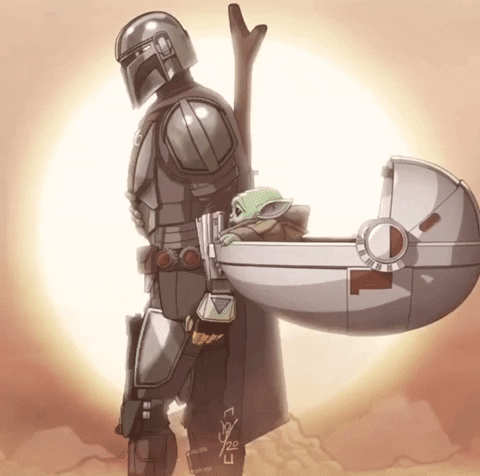
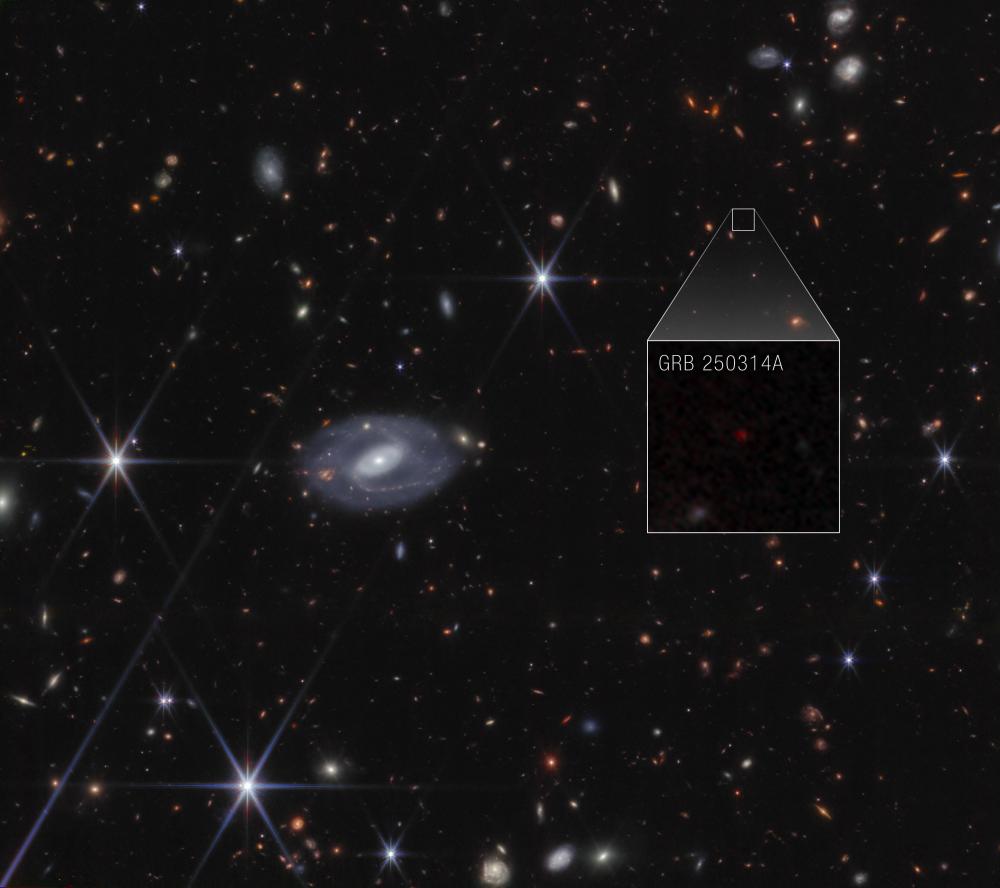
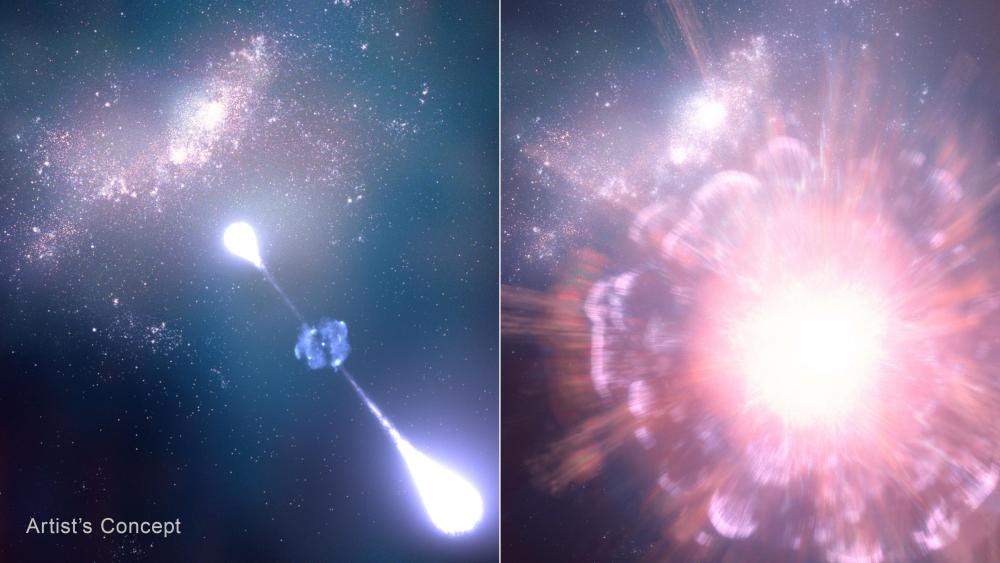
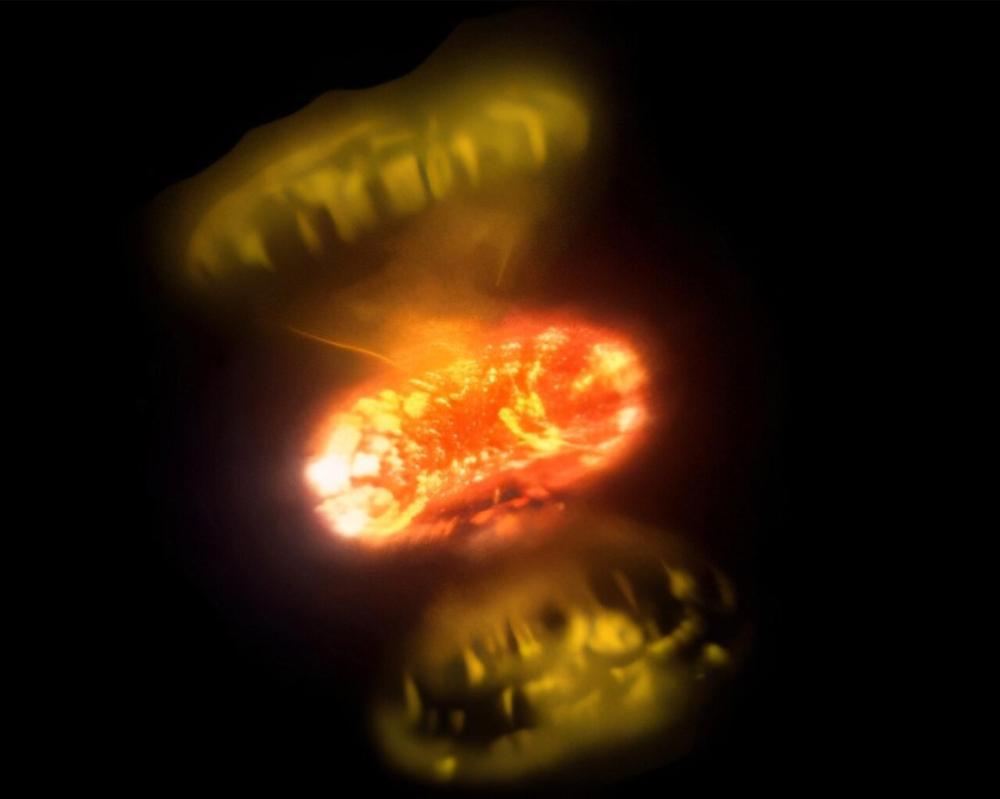
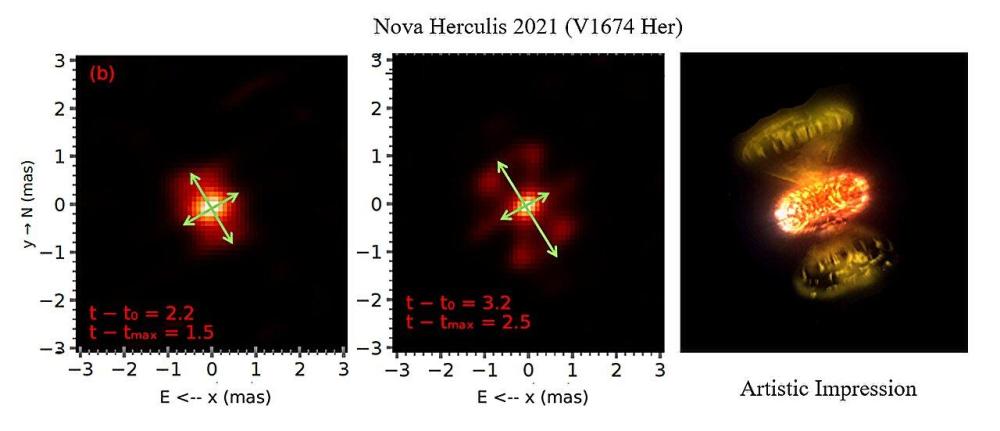
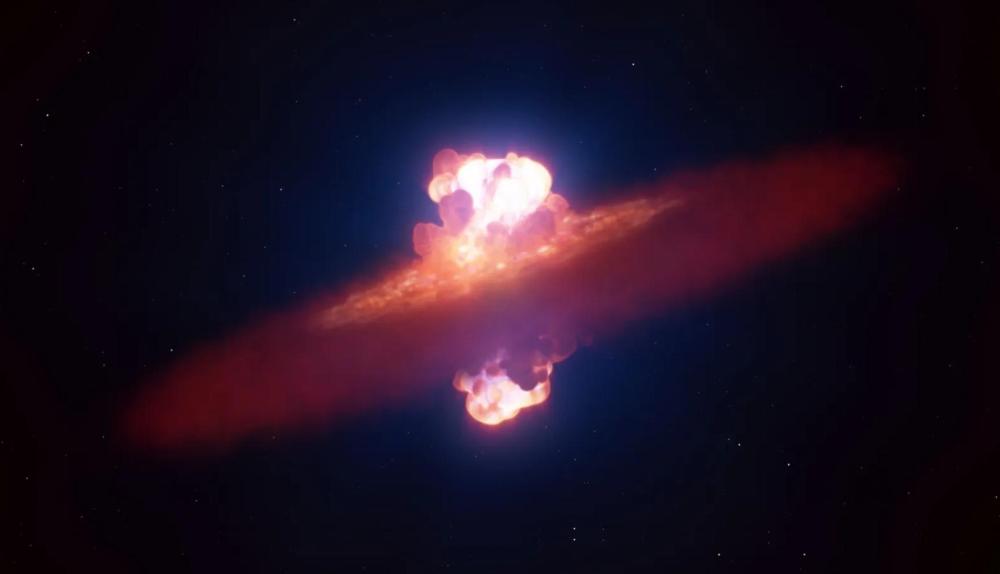

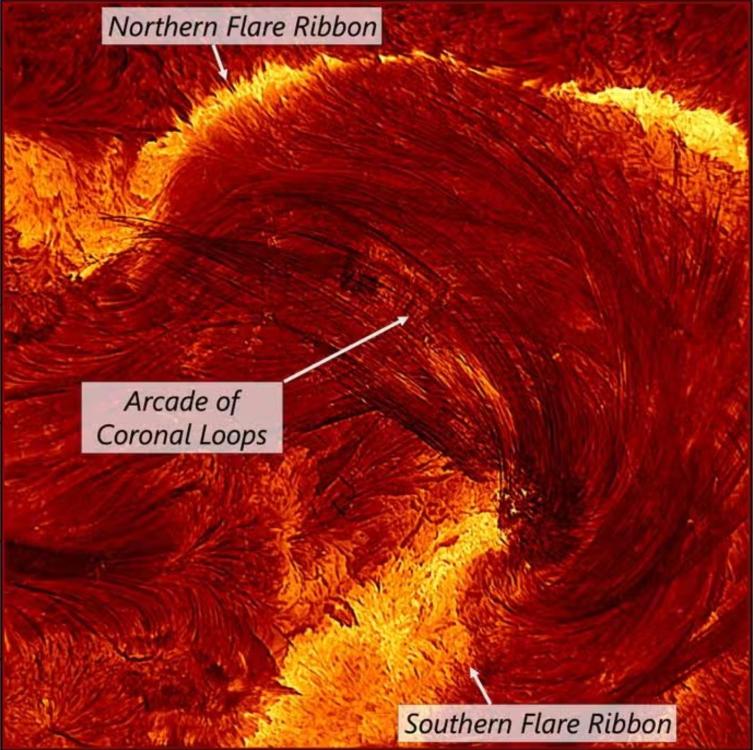
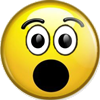

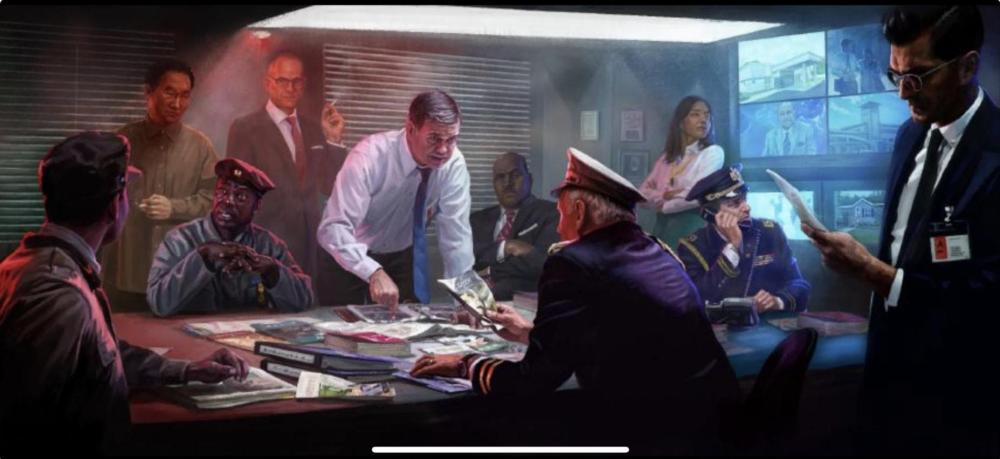
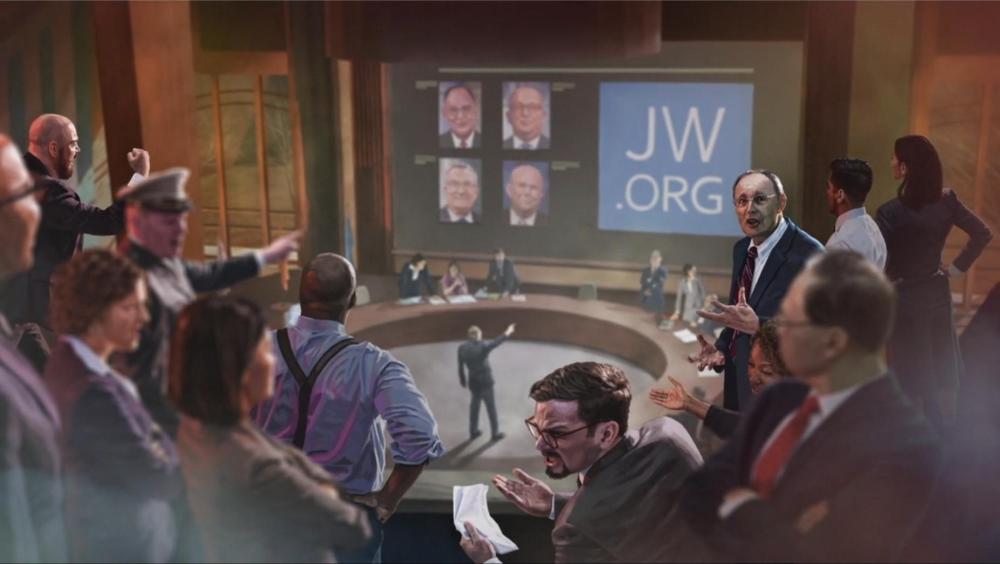
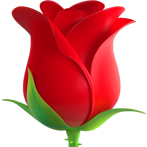

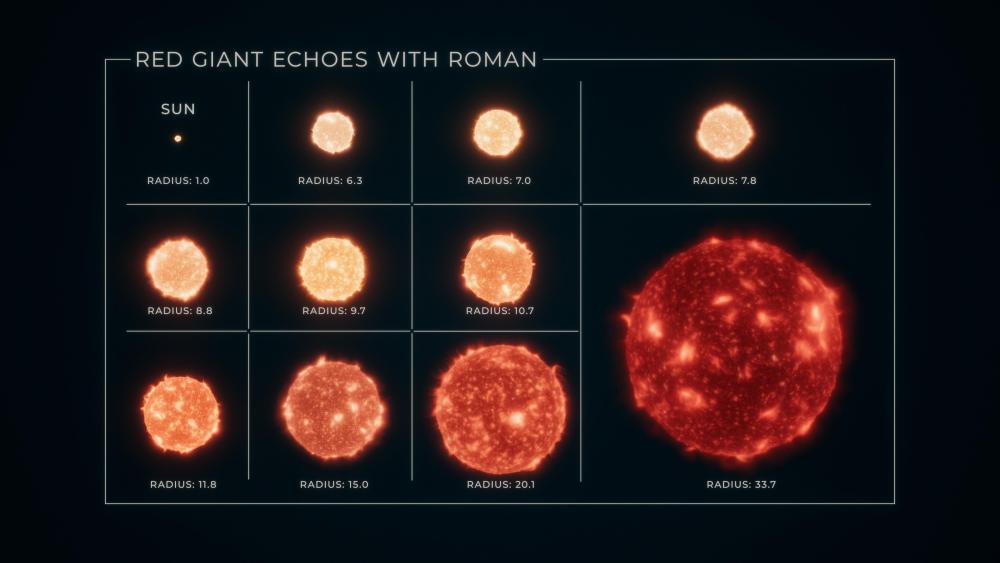
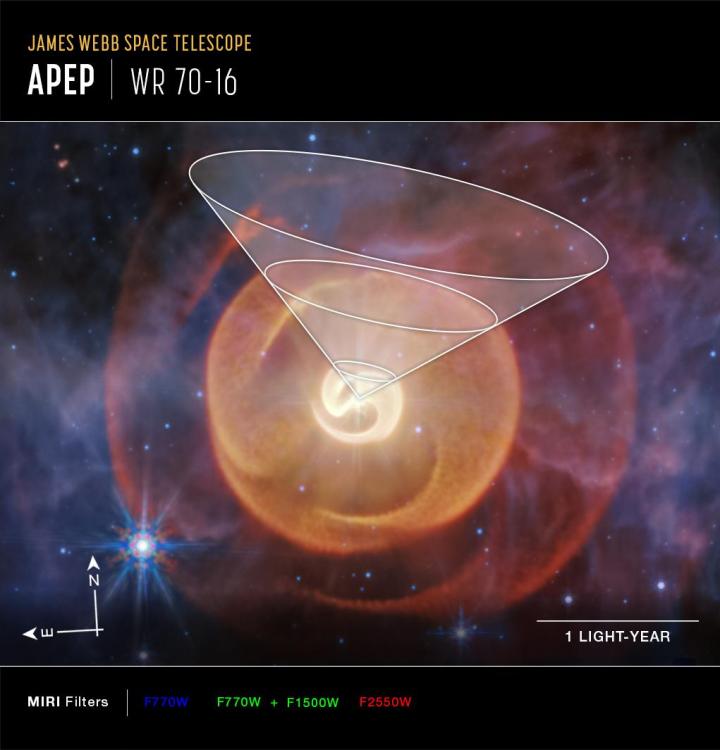
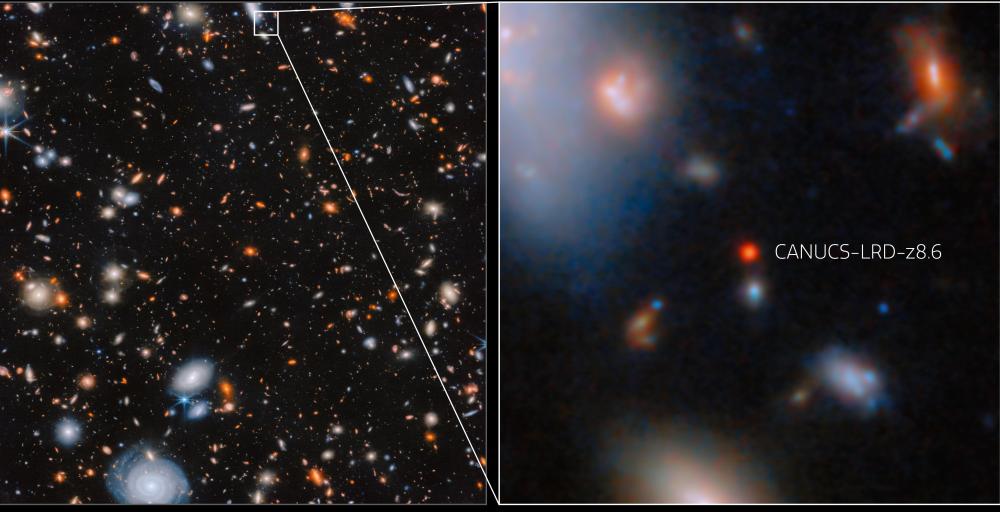
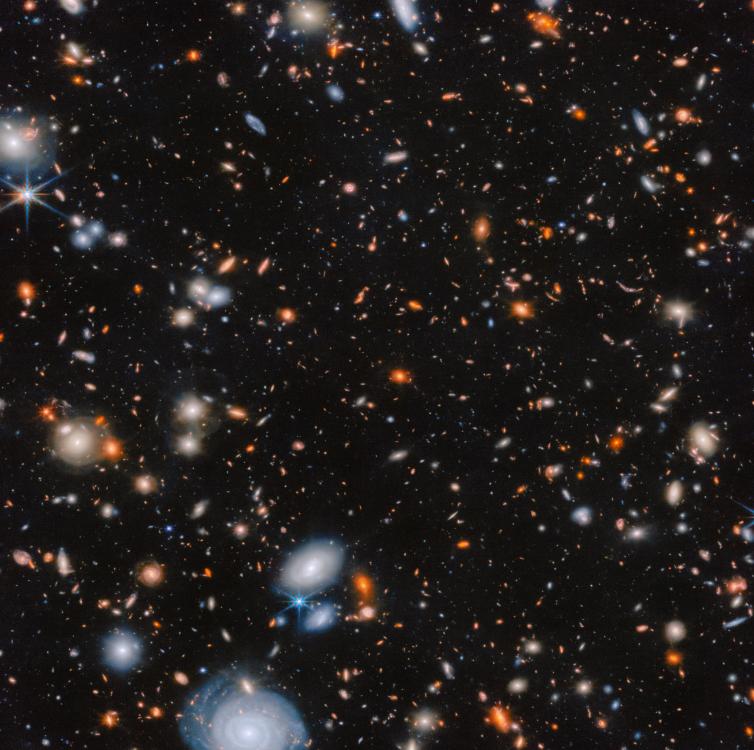









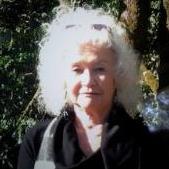

(215x383).thumb.jpg.9bd4aff9bfae6844ede1126a3b6e5e7c.jpg)


